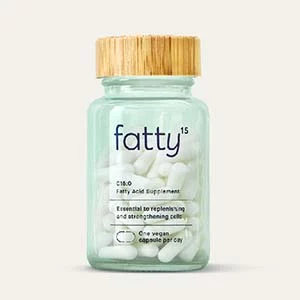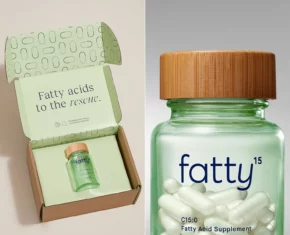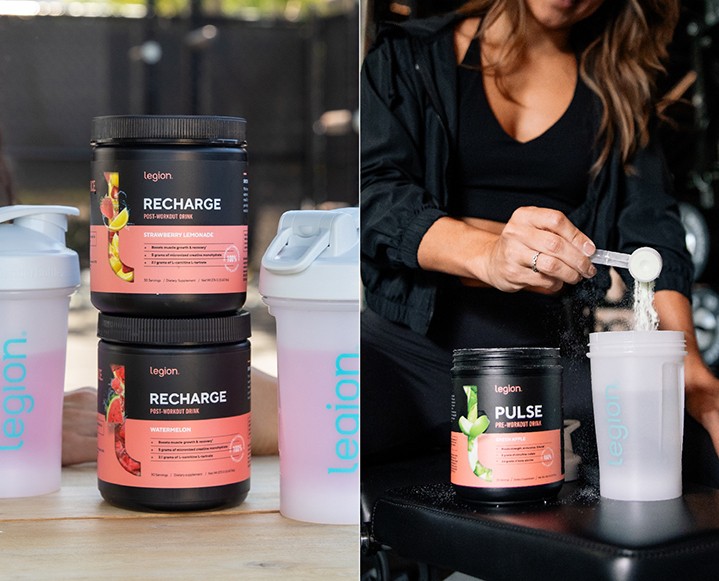Last month, we were delighted to share the expertise of guest editor Dr. Junger of The Clean Program and his entire team. We were so impressed with the Clean Team – a dynamic group of dieticians, trainers and just plain fantastic, glowing-with-health individuals – that we’ve welcomed them to share their stories and insights with us whenever the mood may strike them! Here is Clean Wellness Counselor Jenny Nelson on seasonal eating…
When the seasons change, so do my cravings. In the summer months, I can’t get enough fruit, yet I rarely eat it in the winter. Come spring, I suddenly have a voracious appetite for salad and all greens. Autumn brings the desire for apples, hot cider and all kinds of roasted squash. These seasonal cravings are no accident. This is actually a totally normal and really cool occurrence that creates a very balanced state of health.
But the word “cravings” has sort of a bad rep. We tend to associate the word “cravings” with guilt and secret binging, not realizing there can actually be good cravings. The ones that come from physical needs rather than emotional ones. Our mind has cravings and our body has cravings. When all we want is to curl up with a pint of double chocolate fudge ice cream, it’s most often the mind that is sparking the craving. When we want sweets, chocolate or high fat – comfort foods – these typically come from insecurity, anger, stress, sadness or feeling unlovable, which we all feel at times. There’s no way around those feelings; they’re part of being human. But there is another kind of craving and when we learn to distinguish between the two, we’ll know how to best eliminate or, dare I say it, give into the cravings.
So what does it look like when our bodies are actually fueling our cravings? Try watching kids. They’re usually pretty tuned into what their bodies need, as long as they have access to plenty of whole and fresh foods. At a very young age, they’re pretty good at knowing what feels right in their bodies and also the amount of food that’s good for them. If the food is full of nutrients, kids push their plates away when they’ve had enough and rarely get sore bellies or poor digestion from overeating. Unfortunately, kids are becoming more and more like us at younger ages, turning to stress eating, craving processed sweets and overeating, and once they’ve been introduced to processed, sugary stuff, their emotional cravings take over, too. But if we could all go back to that place of intuitive, child-like eating, when we’re truly listening to the type and amount of food our bodies want, we may discover some pretty rad benefits.
Example: Craving denser foods that are higher in fat and protein in the winter is very natural, because our bodies are designed to slow down, nestle in and need extra insulation to stay warm. If we ate according to the seasons and what our bodies truly needed, we wouldn’t consume as many vegetables and hardly any fruit because they’re harder to come by in the colder months (supermarkets weren’t always around, giving us exactly what we want whenever we want it)! The tryptophan found in those richer foods makes us feel relaxed and a bit more prone to hibernate, perfect for those long cold winter nights when we need to be conserving energy to stay warm and there’s less daylight to be active anyway. Turkey, fish, chicken, nuts, beans, cheese and eggs will not only help us through the long dark winter, but they are foods that are easily stored or found in the colder months.
After a rich winter diet, our livers get sluggish and are in need of some detoxing! Spring arrives with new life and tons of bitter greens like dandelions, nettles, wild lettuce and mustard greens. These are powerful body cleansers and it’s no accident that they start to grow at this time of year. Next comes a wide array of berries and lots of different vegetables, all containing different nutrients that our bodies need for optimal health.
I go most of the winter without fruit, then gobble up strawberries, raspberries, blackberries, blueberries and all the stone-fruit as they each come into season. Eating them by the bowlful or grabbing handfuls to snack on (and preserving a few in jam as a treat for the months ahead) feels intuitively right. Fruit digests easily, is super hydrating and packed with plenty of nutrients. All those nutrients and complex sugars provide endless energy for those long summer days. When they’ve disappeared from the bushes, I move onto whatever else is growing, making sure to eat a ton of balancing and low-sugar vegetables. The same thing holds true with something like tomatoes: I don’t eat them in the winter, preferring to wait until they’re at the height of delicious and juicy ripeness, full of flavor and nutrients. When I’ve had more than I can handle, my body lets me know loud and clear. The sight of a tomato doesn’t hold the same allure in the winter at all. Mother Nature lets us know, too, with the literal end of each crop and the appearance of new ones.
Watery fruits in the summer keep us hydrated; more sugar (apples, winter squash, honey) in the fall enables us to stay busy harvesting and storing, preparing for the long winter ahead; spring greens detox us and winter foods keep us warm. Even if we’re not living in true hunter-gatherer fashion anymore, our bodies still follow those ancient rhythms. When we’ve overdosed on sugar, notice what you crave – it’s usually green salads. When you’ve had too much fat or protein, your body often wants lighter fruits, and when you’ve had too much fruit sugar, notice that you often want something heavier and more protein-rich like fish or beans. I’ve noticed huge changes in how I feel following my body’s physical cravings and my palate is never bored when I’m constantly switching up my food choices!
Here’s a quick test for you: When you crave greasy french fries, first determine whether it’s a mind or body craving. Are you stressed? Sad? Anxious or lonely? If not, it’s probably your body asking for something. What other high fat and slightly salty food can you have that will fulfill what your body is truly asking for? Try an avocado with some miso on top or oven-baked yams with rosemary and sea salt. Celery sticks with almond or sunflower seed butter is another great option. Your body probably needs some fat, maybe some serotonin and a bit of adrenal boosting iodine, so those are great choices. When you need some quick energy, rather than reaching for a sugary soda, caffeine or a candy bar, try some raw cacao, local raw honey or some goat yogurt and blueberries.
Keep playing with this balance and most of all, enjoy that life is constantly changing, and your food choices should, too. There are over 20,000 edible plants in the world on top of all the wild animals and their products that are available to us! And yet the average person eats the same 13 foods year-round. I challenge you to expand your food world and let those ingredients ebb and flow as you come to your ideal and optimal place of health.
Listening to your body’s cravings gives you the right vitamins and minerals exactly when you need them and it also makes you a pretty hardcore locavore, reducing your carbon footprint by choosing to eat what’s local and in season rather than flying your food in from all over the world. I’ve found an exhilarating freedom from supporting local farmers, conserving resources and eating the best tasting foods that just happen to be packed with all the nourishment I need.
 Ironically enough, in listening to the cravings of my body, I’ve found incredible freedom from diets, food boxes, protocols and dogmas. So it’s August now, I’m heading out to gather my fill of sugar snap peas and raspberries. Yum.
Ironically enough, in listening to the cravings of my body, I’ve found incredible freedom from diets, food boxes, protocols and dogmas. So it’s August now, I’m heading out to gather my fill of sugar snap peas and raspberries. Yum.
Author Jenny Nelson is a Clean Wellness Counselor with the Clean Program
















